Memory II: Hunger
Collective memories of China’s Great Famine reinterpreted for the stage

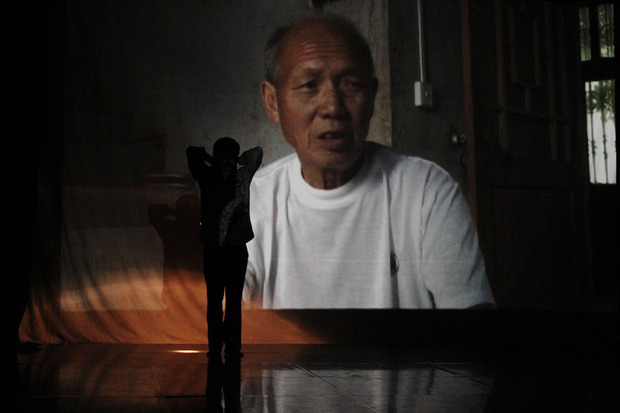
Two years after Memory I, famed documentarian Wu Wenguang and choreographer Wen Hui are back with a new performance that challenges the boundaries of art to reconnect people to a disappearing past.
In the summer of 2009, the pair began work on a documentary film project to chronicle the events that took place during the “Great Chinese Famine” between 1959-1961. By the summer of 2010, they had 21 people participating in the “Folk Memory Project”, and in the last two years they’ve recruited more than 40 participants—mainly film and dance students—for the second installment, Memory II: Hunger. They set out to visit the countryside and collect memories of living witnesses of the famine, one of the darkest periods of Chinese history that unfortunately has remained an empty page in modern history handbooks. More than 500 interviews recount the memories of grandparents and elders in 14 provinces and 67 villages and with the project Wu and Wen have created a visual encounter with ancestral roots and family recollections that has seldom been presented.
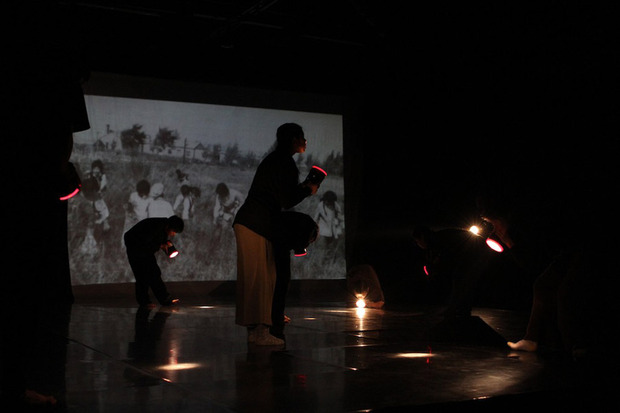
The five-hour multimedia stage performance spans recorded videos, photos, dance and acting. The stream of memory flows from the actors’ words and movement and the action on the screen, through the interviewers as firsthand witnesses to the audience. They pull onlookers into deep contact with memory, recalled feelings and experiences of the past.
During the rehearsals of Memory II, we had the chance to meet and talk to Wu Wenguang and Wen to learn more about the project.
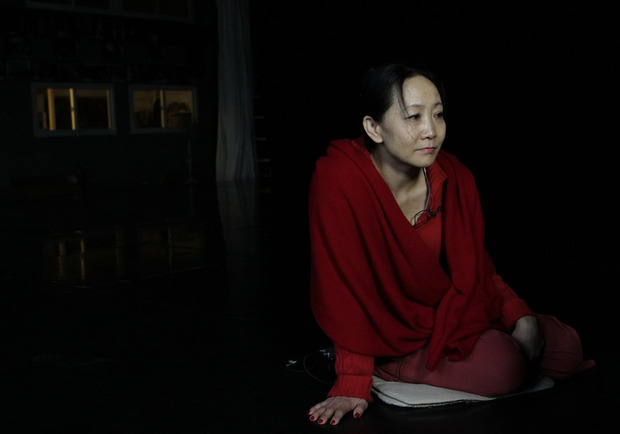
You launched Project Memory in 2009. Memory I focused on the Cultural Revolution while Memory II is about the Great Famine. How did you begin exploring these dark periods of Chinese history?
At the very beginning, Wen Hui wanted to recall some memories of the time when she was young and she started dancing. Her first encounter with dance was during the Cultural Revolution: her very own experience and her growth is linked to that wave of red culture. The first and most well-known ballets were about revolutionary culture. At the beginning, it was more a reflection on personal memories. When we started doing interviews, we never limited our focus to the Cultural Revolution and the Great Famine.
The eldest we met were not necessarily talking about a specific topic or period, they were telling us about their more vivid experiences. These two phases of Chinese history became secondary topics that we present in our performance, the core of which is memory. That’s also a reason why Memory, or the Folk Memory Project, is an ongoing process that doesn’t end in a performance. We hope we can develop and shape the project through the difficulties we encounter.
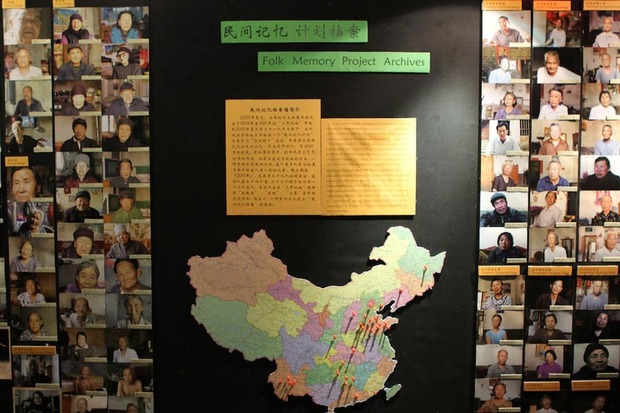
How is Memory II different than the projects you did before?
Before we used to work on art pieces in which the performance was the ultimate goal, but Memory II is a social project. Dance, documentaries and other art forms simply became tools. This is something we didn’t plan. We involved so many young people and have been working with them. They go to their villages to seek history, to find an intimate link with the past, to discover their roots. The process of recalling is a process of self-discovery. We did art for so many years and we don’t think that art can change society. Now we probably can’t change the world but at least we can change ourselves. I used to think that I had nothing to do with the countryside, but in China if you go back five generations, everyone is from the countryside. Our approach aims to truly understand the place we all come from, to understand who we are, and this is the most important point.
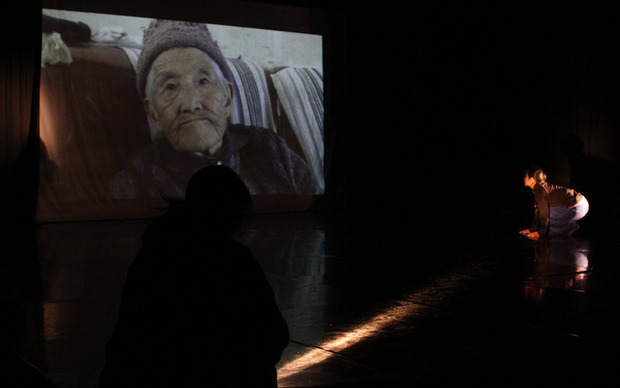
The portrait of the Great Famine you depict in your performance goes far beyond the “official version”. Don’t you think this could put you in danger in a country like China?
Being a documentarian means that you don’t get satisfied with the public and the official version. You look for details you usually don’t find. In our history handbooks—the one we use in our performance was published in 2002 but the new one has just changed a few words—30 years of history are told in a single page, in a few lines. We look for what is behind common knowledge, we try to understand how the people really lived.
Memory II: Hunger had its premiere at CCD Workstation in Beijing on 1 May 2012. The next performance is scheduled for 18-19 May during Wiener Festwochen Festival in Vienna.












